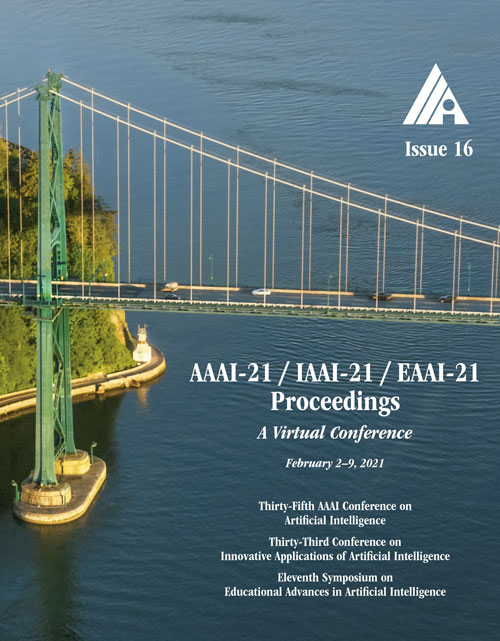Nyströmformer: A Nyström-based Algorithm for Approximating Self-Attention
DOI:
https://doi.org/10.1609/aaai.v35i16.17664Keywords:
Language ModelsAbstract
Transformers have emerged as a powerful tool for a broad range of natural language processing tasks. A key component that drives the impressive performance of Transformers is the self-attention mechanism that encodes the influence or dependence of other tokens on each specific token. While beneficial, the quadratic complexity of self-attention on the input sequence length has limited its application to longer sequences - a topic being actively studied in the community. To address this limitation, we propose Nyströmformer - a model that exhibits favorable scalability as a function of sequence length. Our idea is based on adapting the Nyström method to approximate standard self-attention with O(n) complexity. The scalability of Nyströmformer enables application to longer sequences with thousands of tokens. We perform evaluations on multiple downstream tasks on the GLUE benchmark and IMDB reviews with standard sequence length, and find that our Nyströmformer performs comparably, or in a few cases, even slightly better, than standard self-attention. On longer sequence tasks in the Long Range Arena (LRA) benchmark, Nyströmformer performs favorably relative to other efficient self-attention methods. Our code is available at https://github.com/mlpen/Nystromformer.Downloads
Published
2021-05-18
How to Cite
Xiong, Y., Zeng, Z., Chakraborty, R., Tan, M., Fung, G., Li, Y., & Singh, V. (2021). Nyströmformer: A Nyström-based Algorithm for Approximating Self-Attention. Proceedings of the AAAI Conference on Artificial Intelligence, 35(16), 14138-14148. https://doi.org/10.1609/aaai.v35i16.17664
Issue
Section
AAAI Technical Track on Speech and Natural Language Processing III

